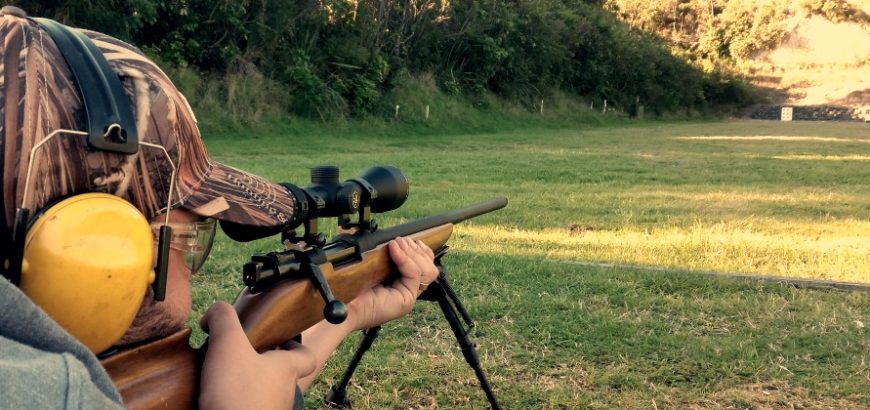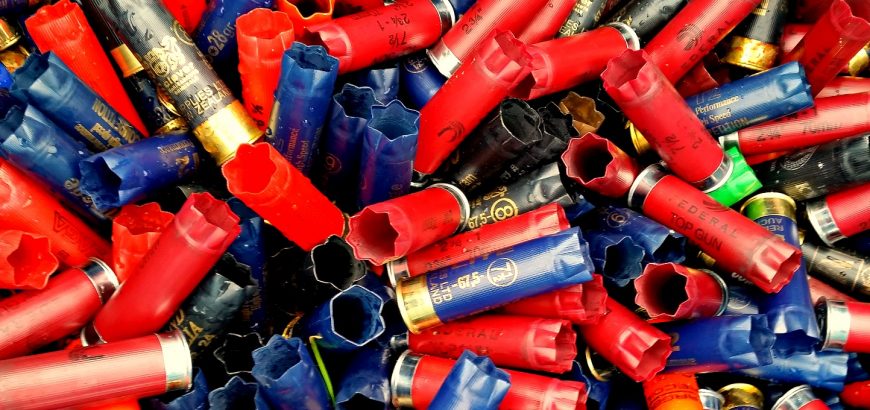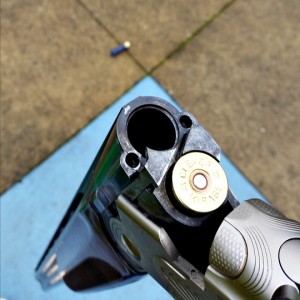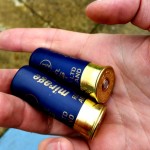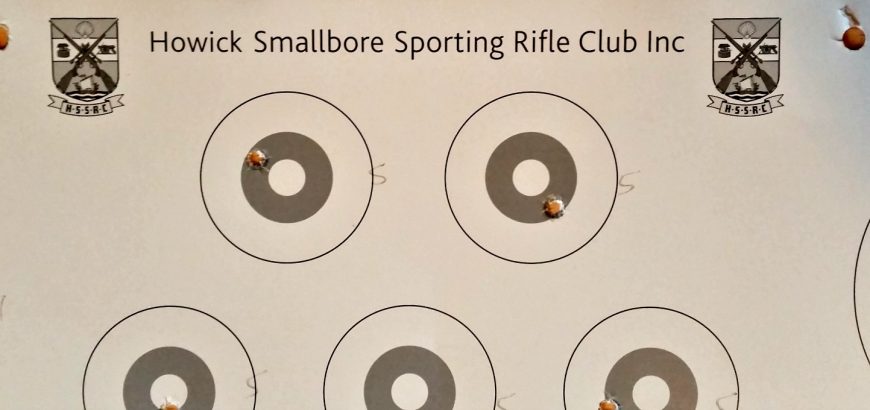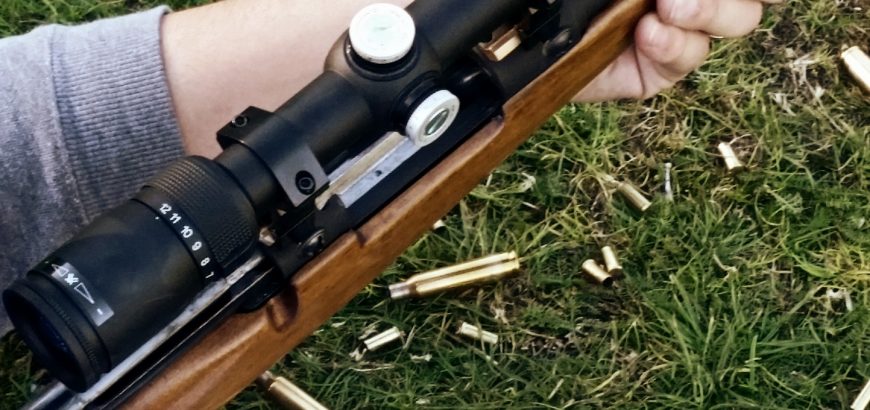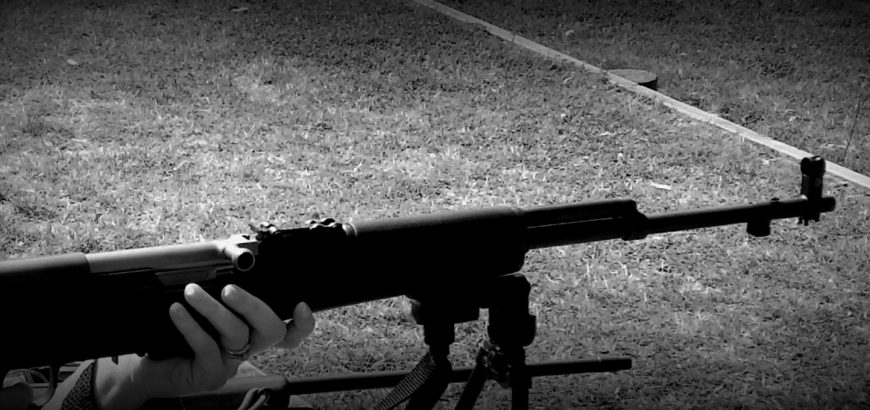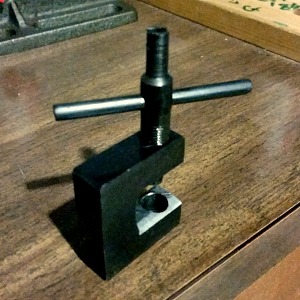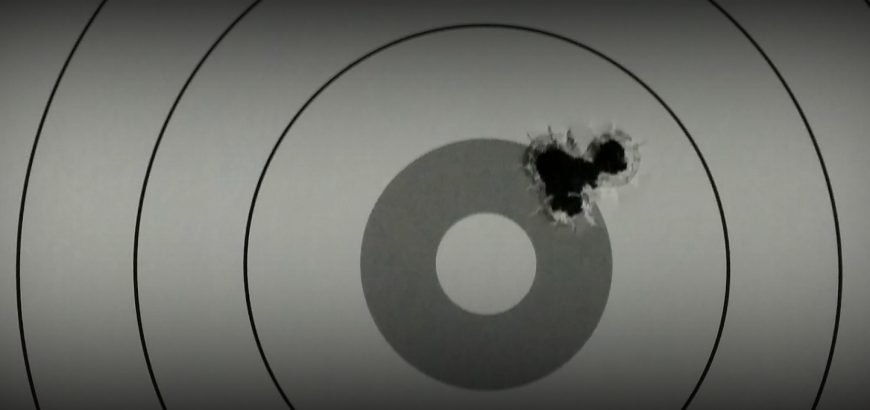There are a lot of guys who go out hunting or shooting to escape everyday life, and for some this means domestic bliss too. And fair enough. Everybody needs some downtime – a hobby or pursuit where they can unwind. However, there are also distinct advantages to shooting with your significant other, whether you’re a man or woman. And I said shooting with. Not shooting.
Learn new skills
I go out shooting with my wife a fair bit. And since she has taken up shooting sports we have tried out several clubs and different guns, and we’ve both tried things we wouldn’t have otherwise. We’ve also both found different things that we are good at.
Where I like to technically analyse every part of my shoot, from my reloaded ammo to the wind dope and projectile weight, my wife is very good at reactionary shooting – such as trap shooting. Which, if I’m honest, I’m hopeless at. With a bit of practice, I’m sure I could get the hang of it, but it’s not for me.
Establish yourselves
Shooting is a great way to bond as a couple. I’m not about to give relationship advice on my firearms blog, but suffice it to say that picking up a hobby and spending time together certainly doesn’t hurt when it comes to getting to know each other a bit better.
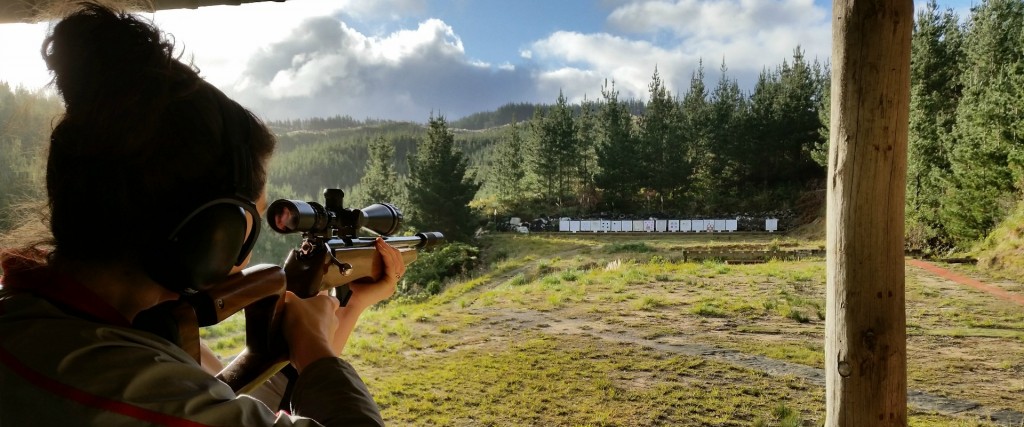
Become competitive
Whether you like to compete against yourself, each other or other participants, shooting sports are competitive. And the great part is, you don’t need to be particularly athletic or gifted to be moderately competitive at a club level.
This is a great way to enjoy the thrill of and success of competition, and will enhance your enjoyment of your shooting. Get out and try local competitions and learn more about the kind of shooting you like. You’ll also meet some great people who have plenty of advice to give.
Spend more money
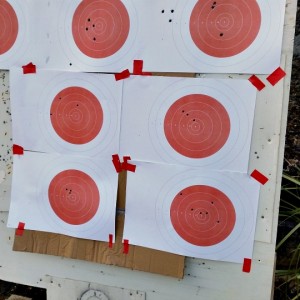
Let’s be honest, every time you try and justify the cost of some new rifle part or reloading accessory – the last one you’ll ever need, promise! – it doesn’t go down too well. I know people you hide their hobby expenditure from their partner, using cash jobs to pay for ammo and new toys.
If your husband or wife is just as into their shooting as you are, it’s easier for them to understand why that new shooting rest or a higher magnification scope is actually necessary.
Share the load
If you’re out hunting or setting up targets on the range, it’s great to have a buddy around to help lug things about or give their opinion when necessary. If you’re shooting partner is your spouse, well, you’ve pretty much always got someone you can count on to help you on the spotting scope or skinning a deer.
It’s not for everybody, but for some, taking your spouse to the range or teaching them how to reload could be a great way to enhance your enjoyment of the sport you love.
